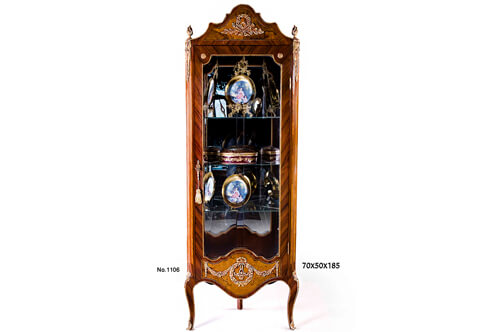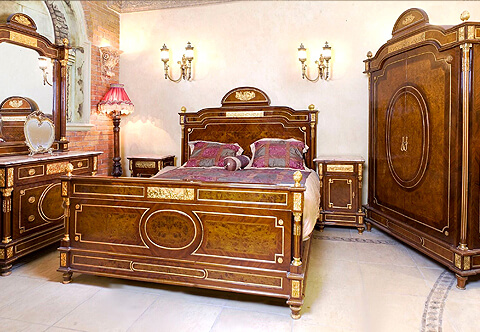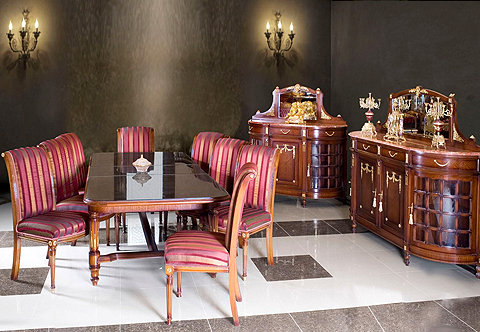French early 19th Century Napoleon III Second Empire style ormolu-mounted marquetry and veneer inlaid marble topped Pedestal Vase Stand
Ref#ST-689 | Description
A sensational French late 19th Century Napoleon III Second Empire style ormolu-mounted marquetry and veneer inlaid Vase Stand Pedestal;
The circular marble top rests on a cylindrical body topped with a circular hammered ormolu band and inlaid in sans traverse double veneers and exquisite marquetry patterns within a beaded ormolu band with concave corners adorned with ormolu scrolling foliage mounts;
Below are the eye catching three S shape supports, adorned with marquetry inlays, ormolu bands to the contour, circular ormolu rosettes and scrolling acanthus leaves; placed on a circular form centered with an ormolu acorn finial and encircled with an ormolu band on a scalloped square shaped plinth decorated on top with four ormolu scrolling foliate mounts connected with ormolu bands and inlaid with a delicate floral scrolling marquetry touch on a sans traverse veneer background within a dainty filet.
Ref#ST-689
H:122 x W:38 x D:38cm
Napoleon III Style | Second Empire Style
The Napoleon III style | The Second Empire Style
The Napoleon III style, also known as the Second Empire style , is a highly eclectic style of architecture and decorative arts, which uses elements of many different historical styles, and also made innovative use of modern materials, such as iron frameworks and glass skylights. It flourished during the reign of Emperor Napoleon III in France (1852–1871) and had an important influence on architecture and decoration in the rest of Europe and North America. Major examples of the style include the Opéra Garnier (1862–1871) in Paris by Charles Garnier, the Bibliothèque nationale de France, the Church of Saint Augustine (1860–1871), and the Philadelphia City Hall (1871–1901). The architectural style was closely connected with Haussmann's renovation of Paris carried out during the Second Empire; the new buildings, such as the Opéra, were intended as the focal points of the new boulevards.
Comfort was the first priority of Second Empire furniture. Chairs were elaborately upholstered with fringes, tassels, and expensive fabrics. Tapestry work on furniture was very much in style. The structure of chairs and sofas was usually entirely hidden by the upholstery or ornamented with copper, shell, or other decorative elements. Novel and exotic new materials, such as bamboo, papier-mâché, and rattan, were used for the first time in European furniture, along with polychrome wood, and wood painted with black lacquer. The upholstered pouffe, or footstool, appeared, along with the angle sofa and unusual chairs for intimate conversations between two persons (Le confident) or three people (Le indiscret). The crapaud (or toad) armchair was low, with a thickly padded back and arms, and a fringe that hid the legs of the chair.
The French Renaissance and the Henry II style were popular influences on chests and cabinets, buffets and credences, which were massive and built like small cathedrals, decorated with columns, frontons, cartouches, mascarons, and carved angels and chimeras. They were usually constructed of walnut or oak, or sometimes of poirier stained to resemble ebony. Another popular influence was the Louis XVI style, or French neoclassicism, which was preferred by the Empress Eugénie. Her rooms at the Tuileries Palace and other Places were decorated in this style.

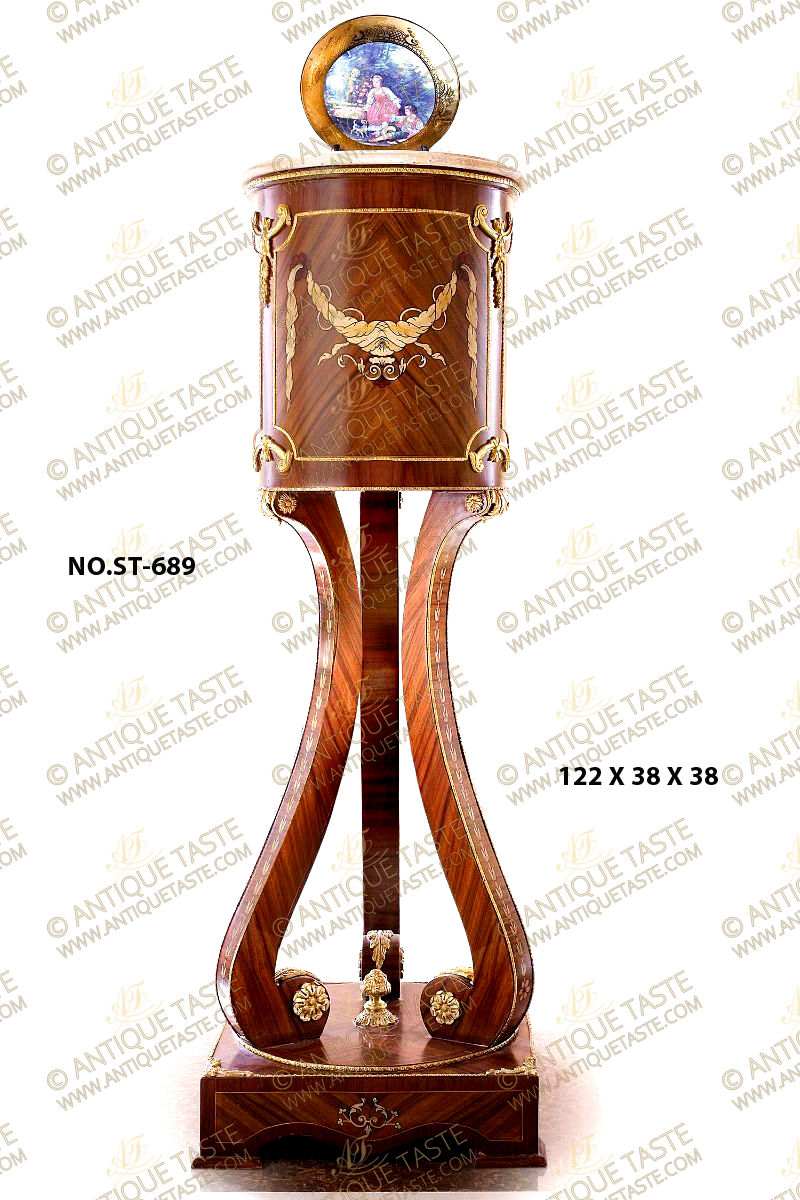
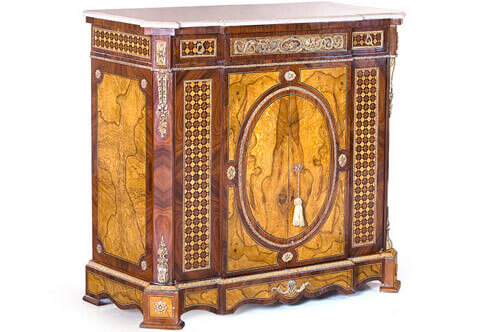
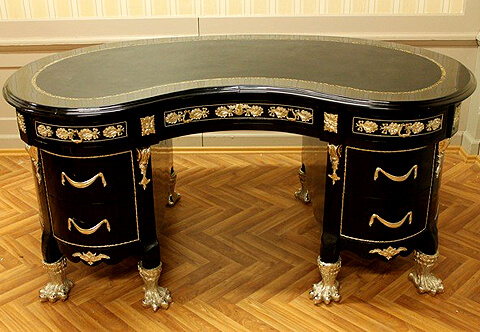
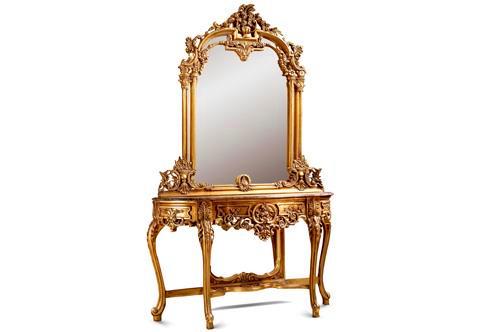
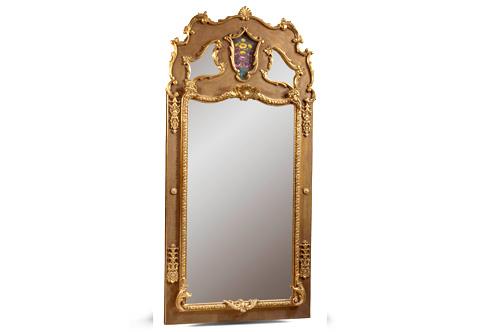
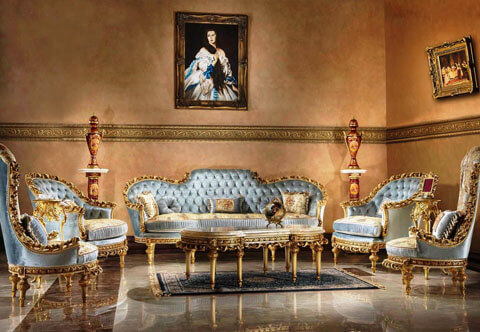
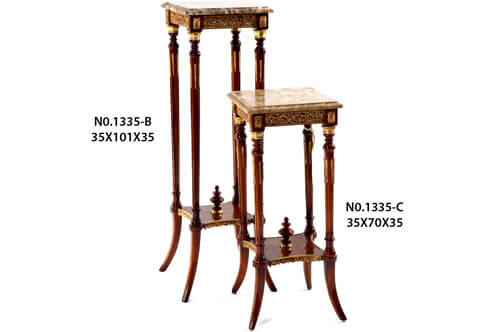
.jpg)
